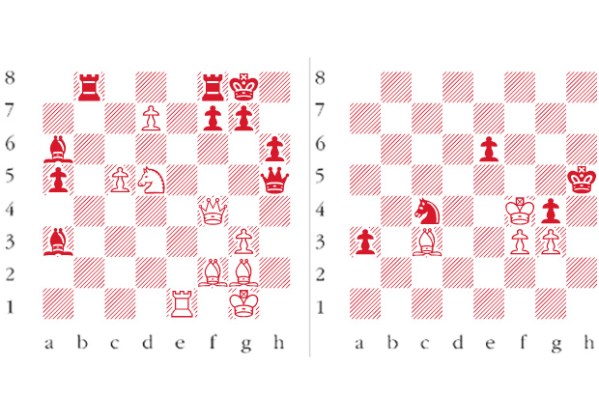Armenia won the gold medals in the Istanbul Chess Olympiad for the third time in four years — an astonishing feat for a small nation. Part of the secret of their success is the fact that chess is now taught as a curriculum subject in Armenian schools; the Armenian hero Tigran Petrosian created a chess boom by winning and retaining the world championship from 1963-1969. The top board player for Armenia in their Istanbul triumph was Levon Aronian, who will also be seen in action in the London Classic starting at London’s Olympia in early December.
Final scores were: Armenia and Russia 19; Ukraine 18; China and USA 17. England finished in 17th position on 15. The following game was a key victory for the current world no. 2, Lev Aronian, in enabling Armenia to gain the gold medals.
Aronian-Ivanchuk; Istanbul Olympiad 2012; Queen’s Indian Defence
1 Nf3 Nf6 2 c4 e6 3 d4 b6 4 g3 Ba6
This move was first championed in the 1920s by Aron Nimzowitsch, the great strategist who formed the topic of last week’s article. The point is that any move that White now makes to defend the c4-pawn leads to a slight disruption in his development. 5 b3 Bb4+ 6 Bd2 Be7 7 Nc3 Bb7 8 Bg2 0-0 9 0-0 Na6 This is an eccentric development of Black’s knight in the literal sense of the word. It is curious that Black has succeeded in just the first nine moves in placing a knight and bishop on a6. 10 d5 exd5 11 Nd4 Bc5 Black launches into uncharted territory. 11 … c6 has been seen here previously. 12 Nc2 c6 13 cxd5 cxd5 14 Bg5 Nc7 15 Ne3 d4 (see diagram 1) It is courageous to abandon the light-squared bishop but Black has an interesting plan in mind for counterplay.







Comments
Join the debate for just £1 a month
Be part of the conversation with other Spectator readers by getting your first three months for £3.
UNLOCK ACCESS Just £1 a monthAlready a subscriber? Log in